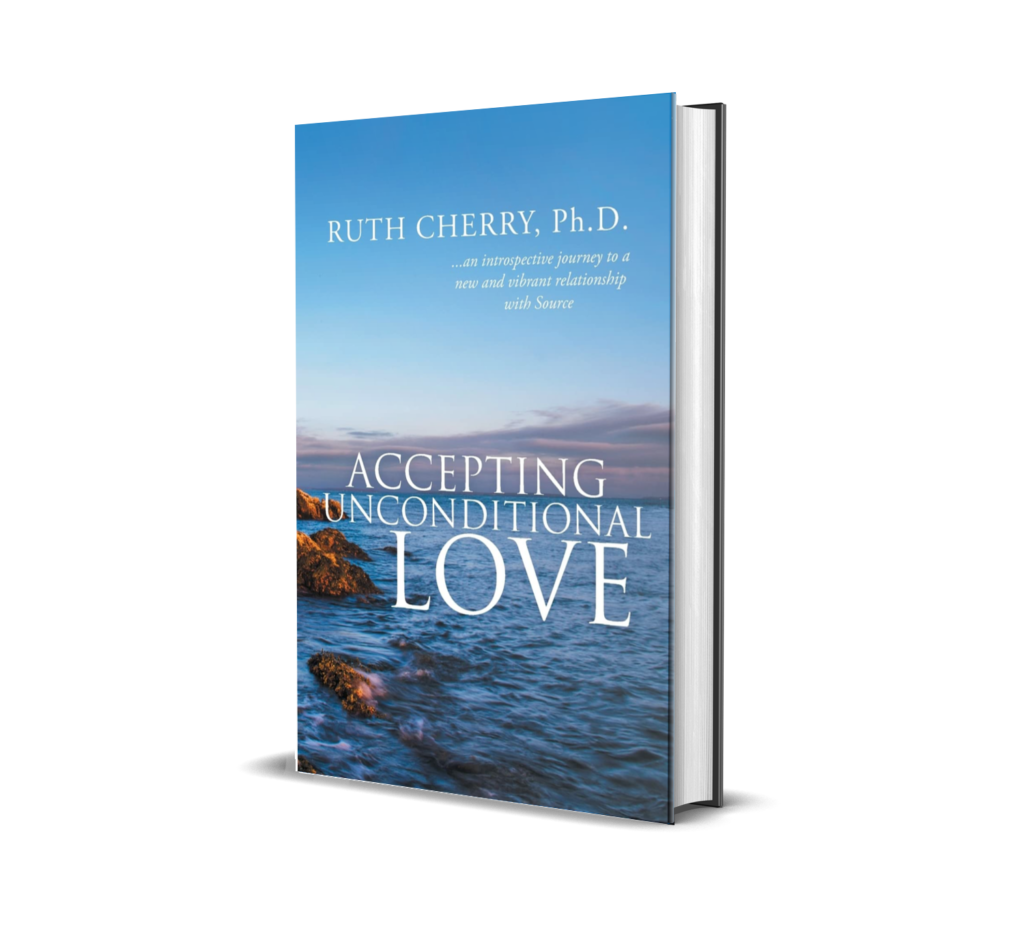

Accepting Unconditional Love
Ruth Cherry, PhD
Reviewed by: Gretchen Hansen, The US Review of Books
“Part of this process is knowing a truth which isn’t visible or reasonable. Knowing isn’t believing or hoping.”
Many people’s current ways of life—the busyness, the frantic activity—only serve to distract them from the physical warning signs of unwellness. They also block the ability to center on one’s own healing power and the Source. Cherry explains that healing is a choice. However, it is a difficult one, requiring diligence and work. She is proof it can be accomplished. She was diagnosed with multiple sclerosis. Her doctors painted a grim picture of her future. After the initial shock and anger subsided, she committed to utilizing the knowledge and tools from her clinical psychological practice to heal herself. She vowed to walk again.
Cherry describes unique yet diverse entities that humans operate under both consciously and subconsciously. The Source is all things (God, Spirit, Universe, Infinite Intelligence), and individuals are intricately intertwined to its essence. To heal, one must accept the Source’s unconditional love. The Controller, an entity within, often blocks this process. It is the taskmaster and moral superintendent. The author portrays the Observer as a lens for viewing self and life, acknowledging emotions but not allowing them to take charge.
The primary premise of this book is to guide others through Cherry’s daily healing journey. She is emotionally open about her meditations, sensations, setbacks, and triumphs. As the chapters progress, she digs deeper into concepts of the Source and the Controller. Readers can learn from her examples how to strengthen their meditation practice. To begin to regenerate physically, it is essential to repair emotionally.
Much of this theory’s foundation is uncomplicated. It is simply changing the point of reference or perspective on how everything is viewed and accepted. This alone can provide transformational changes in one’s life. One example is the shift from the over-importance of doing to being. It can feel excruciating to sit still and not “do” anything. Being present in the moment takes disciplined concentration. At the same time, not fixating on the past or pining away for the future can be liberating.
“Part One” artfully walks readers through the author’s daily routines. It creates a road map for beginners by offering detailed descriptions of how Cherry navigates her inner world. Higher-level concepts are anchored with the use of imagery and the inclusion of the senses. There is an undercurrent of classic philosophies running through each chapter. This includes ancient values such as knowing oneself and observing the world as it is, not as one wishes it to be. These are cornerstones of her approach.
“Part Two” is an opportunity for readers to begin their own practice. Cherry provides a key assertion on each page and room to write down thoughts or emotions in the moment. The concepts build on each other. Learning can be experienced at a pace comfortable to the user. As Cherry explains, it may be frightening to let go of control. These exercises train one how to accept and allow what is. It is a practice in the art of acceptance and appreciation.
Cherry has practiced clinical psychology for over forty years in California and specializes in integrating psychology with spiritual dynamics. Her writing style is intelligent and authoritative without being condescending. The author has lent her expertise and experience to craft this well-written, insightful book about how to heal emotionally and physically. She provides a strong foundation by defining key constructs and demonstrating how she uses them in her personal practice. Overall, Cherry’s book is a suitable platform for readers to begin their own exploration into self-healing.
